A factory halts production, raw materials arrive late, orders pile up - these are the harsh realities that no manufacturing company in Malaysia wants to face. They can cost millions of dollars.
The problem is not the ever-changing needs of customers – of course, customers and markets are never the reason, nor is it the way things are done – you work based on customer needs. The operating procedures and the way resources are managed drive serious problems to become widespread. That is when you look to systems managing the operations process, and MRP vs ERP stand out.
But do you really understand these two systems? ERP integrates finance, procurement, and all operations into one seamless ecosystem; while MRP calculates material requirements with precision so that factories can get exactly what they need at the right time. But those are just the basics, not understanding how they work will lead to choosing the wrong system, disrupting operations, and weakening the supply chain. They have powerful efficiency impacts, but getting the selection wrong will prevent you from fully leveraging their strengths.
So what is the difference between MRP vs ERP? How to choose the most suitable system for your manufacturing process in Malaysia? Our article will elaborate on these questions based on our experts' opinions to avoid costly mistakes and ensure a strong position in a high-risk industry.
MRP vs ERP: Key Definition
What is MRP?
Material Requirements Planning (MRP) structures manufacturing processes with data-driven precision. It precisely calculates material requirements based on sales forecasts, inventory levels, and lead times. As a result, MRP helps convert raw material plans into accurate procurement and manufacturing schedules, and eliminates inventory shortages and surpluses.
In some cases, MRP functions as a critical component within ERP, but their scopes differ significantly. MRP focuses on manufacturing efficiency, controlling materials, inventory, and production scheduling to prevent shortages or excess stock.
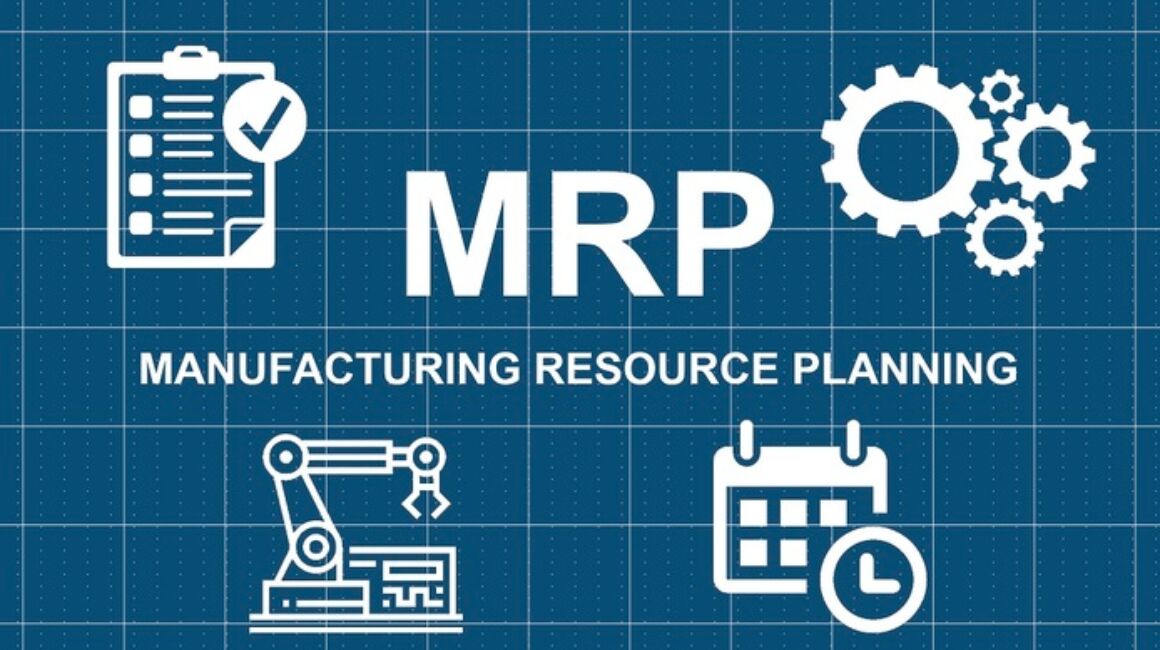
Key features:
- Material calculation: Determines the exact quantity of raw materials needed for manufacturing. It prevents stockouts or over-purchasing.
- Production scheduling: Synchronizes manufacturing processes with resource availability. Prevents downtime and inefficiencies.
- Inventory optimization: Tracks inventory levels and triggers replenishment based on real-time demand updates.
- Procurement planning: Converts manufacturing requirements into structured purchase orders. MRP links supplier deliveries to factory operations.
- Work order management: MRP organizes manufacturing tasks into structured work processes, thereby standardizing operations for accuracy and efficiency.
What is ERP?
Enterprise Resource Planning (ERP) centralizes manufacturing businesses by integrating finance, supply chain, human resources, and manufacturing. ERP eliminates inefficiencies caused by disconnected systems and provides a single, centralized operating ecosystem for all business functions.
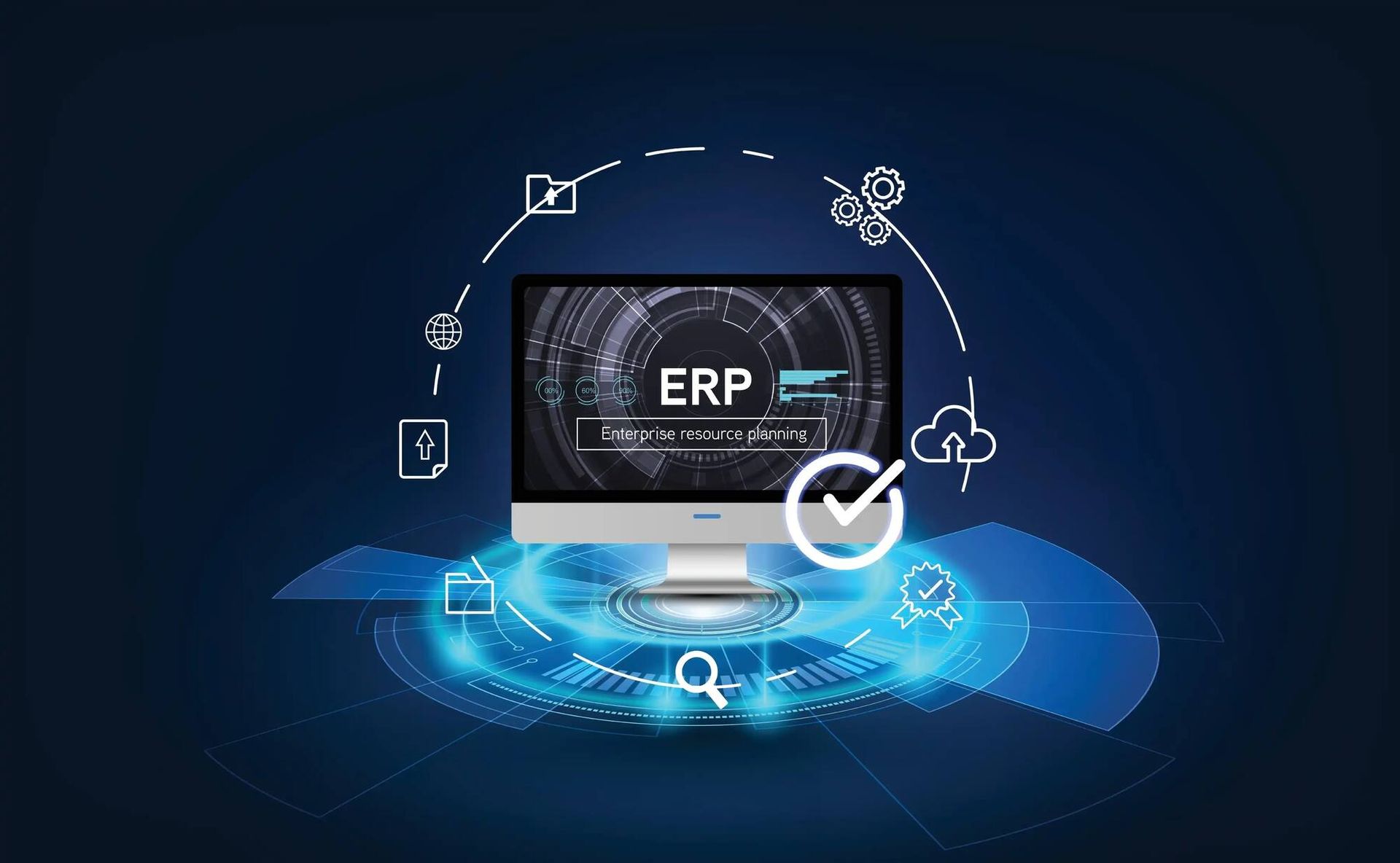
With ERP, data and information are communicated instantly across teams to minimize errors and miscommunication.
Key features:
- Business-wide integration: Consolidates all features from finance, sales, procurement, and product into a single platform.
- Real-time data processing: Data and transactions are updated almost instantly, allowing managers to act with precision.
- Operational automation: Manual processes are outdated and slow down the smooth operation of a business. ERP automates compliance tracking, invoicing, payroll, and order fulfillment to reduce administrative burdens.
- Compliance management: ERP structures financial reporting for government regulations, tax filings, and industry-specific regulations in a controlled system.
- Scalability without constraints: With ERP, manufacturing businesses can scale. ERP supports multi-location, multi-currency, and business model development without disruption.
You should also read this article: Strengthen Process in Malaysia: 10 Best Manufacturing ERP Software
Detailed Analysis: Core Differences Between MRP vs ERP
The difference between MRP vs ERP lies in scope, complexity, and strategic impact. Understanding these will help you make the choice that best suits your business needs and goals.
Functionalities
MRP specializes in manufacturing execution. ERP governs cross-departmental processes. One focuses on material flow. The other consolidates business-wide intelligence.

- Purpose and scope: MRP, when comparing MRP vs ERP, acts as a manufacturing tool. It processes demand signals, schedules production, and prevents material shortages. Meanwhile, when comparing ERP vs MRP, ERP extends beyond manufacturing, integrating financial controls, human resources operations, and supply chain dynamics.
- Automation and workflow: A factory needs precise coordination. While MRP calculates material requirements, automates purchase orders, and aligns inventory with production timelines, ERP automates end-to-end workflows, synchronizes all modules for customer interaction, and tracks compliance.
- Production vs enterprise management: MRP controls raw material usage by structuring work orders and optimizing production schedules. With ERP, it centralizes multiple business areas, aligns corporate planning, manages suppliers, and allocates resources in one system.
- Inventory and material control: No production run can run smoothly without materials. MRP refines inventory figures by predicting demand fluctuations and optimizing procurement cycles. ERP builds and evolves on this foundation, managing warehouses, multi-location stock movements, and supplier relations across a broader network.
- Decision intelligence: While MRP improves operational efficiency through structured planning, ERP transforms data into insights, providing business owners with complete visibility into financial performance, supply chain bottlenecks, and workforce productivity.
Data & integration capabilities
The power of the system lies in how powerfully it connects and integrates data. ERP vs MRP have different approaches to this action.
MRP operates within a specific limited boundary, often focusing only on material planning. Primarily revolving around manufacturing, its data flows in a straight line from inventory to procurement without looping back into finance or sales. This makes MRP very fast, but can lead to the risk of information isolation between different departments when urgent changes occur.
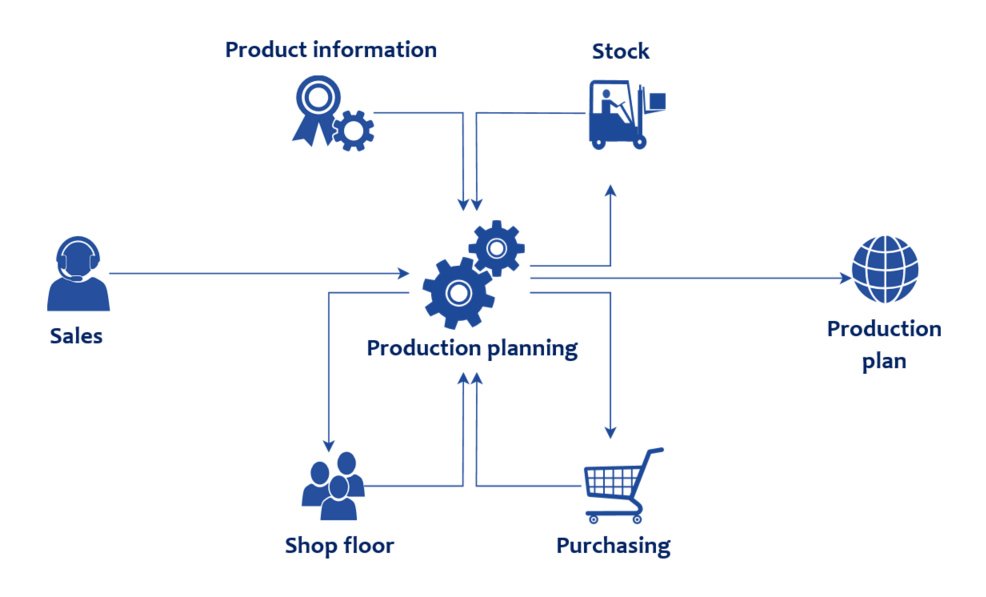
In contrast, ERP creates a dynamic data network, where every module feeds data to the other modules in real time. A single transaction in the procurement journey will trigger a cost allocation in finance, an inventory adjustment, and a simultaneous update of the supplier profile. Unlike MRP, ERP removes silos and builds a structure that connects collaboration across departments. With powerful integration, faster response times, and seamless automation.
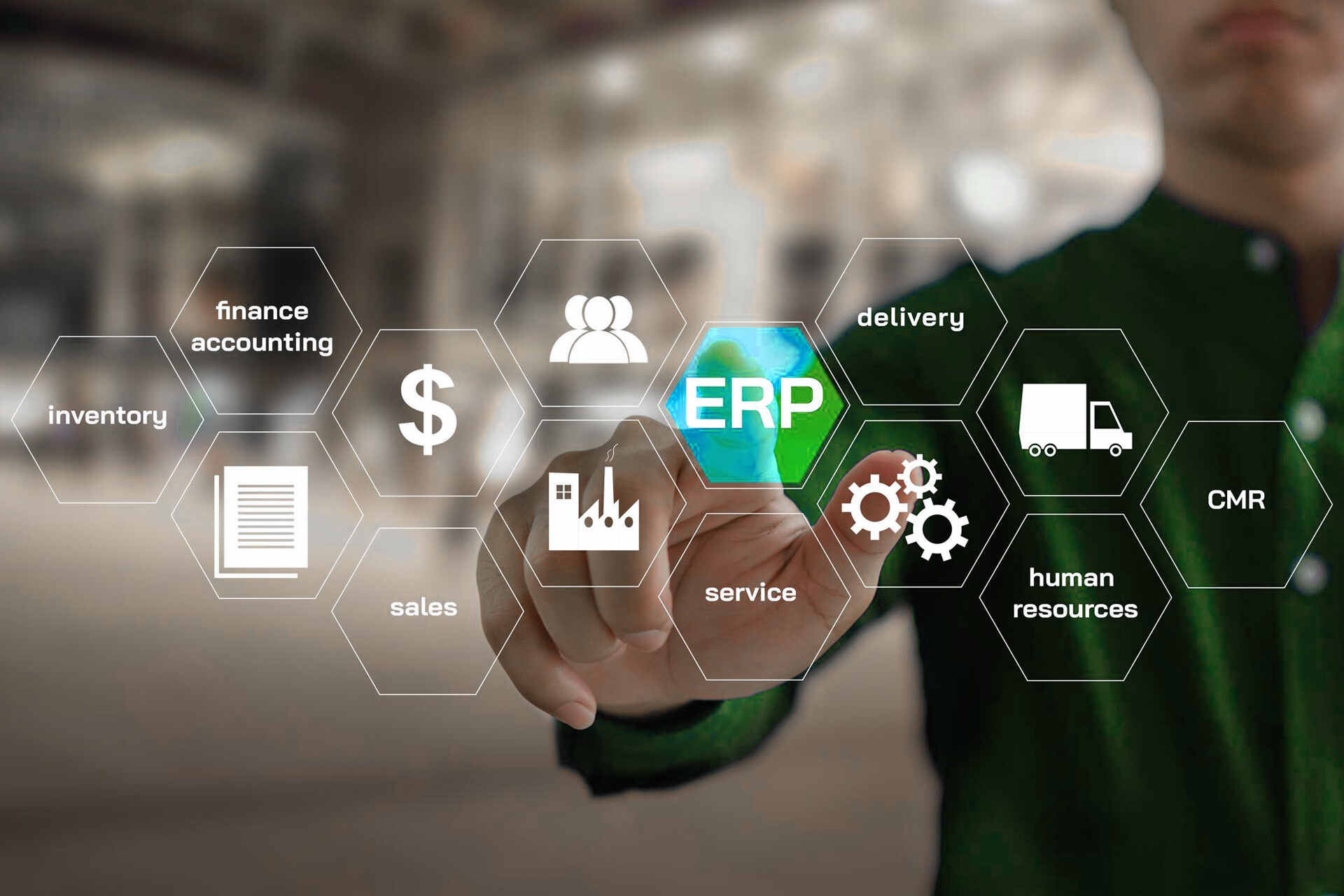
MRP keeps data locked in production, ERP unlocks enterprise-wide intelligence.
Implementation & cost considerations
Investment decisions define long-term efficiency. Which system is right for you, MRP vs ERP, is going to have to meet the economic criteria and financial commitments of the business.
The difference between MRP vs ERP is evident in the cost structure and implementation strategy. MRP fits manufacturing priorities. Its implementation focuses on configuring inventory control, scheduling, and procurement processes without disrupting existing financial or sales operations.
Its cost structure remains focused on software licensing, data migration, and training. Implementation cycles remain predictable because integration complexity is minimal.
At the same time, ERP reshapes the entire business ecosystem. With ERP, scalable implementations require broader integration across multiple departments. Of course, costs increase through software, customization, and process reengineering, creating higher initial investments but deeper operational benefits. Additionally, costs such as premises, or service add-ons should be factored in based on the ERP you choose.

ERP implementations also require phases as businesses recalibrate workflows to exploit centralized data. Complexity increases as an organization scales, making long-term strategic planning with ERP critical to achieving long-term profitability.
Both systems demand financial commitment, but one optimizes production, while the other redefines enterprise-wide synergy.
Scalability & flexibility
Growth demands systems that expand without friction. Businesses evolve, and technology must align with shifting demands. MRP vs ERP approach scalability from distinct foundations, shaping long-term adaptability.
MRP expands within manufacturing boundaries. The system expands to enhance inventory management, production planning, and materials control without changing the core mechanism. Flexibility remains structured, adapting to higher manufacturing volumes and more complex supply chains. However, MRP’s external integration relies on external tools, requiring the presence of third-party solutions. As business functions diversify, MRP retains its precision but lacks enterprise-wide adaptability.
Unlike MRP, ERP extends beyond manufacturing, combining related modules within the same framework. Flexibility is further demonstrated with modular configurations to adjust processes quickly as business models change. Growth strategies integrate seamlessly and eliminate fragmentation across departments. With a unified data flow, ERP maintains growth agility, accompanying businesses on the long journey.
Both systems scale, but one strengthens manufacturing precision, while the other broadens organizational reach.
Decision-making & reporting
The ability to extract the right insights of these 2 systems at the right moment defines whether decisions drive progress or stall operations. MRP vs ERP both generate reports, yet their depth and reach stand apart.
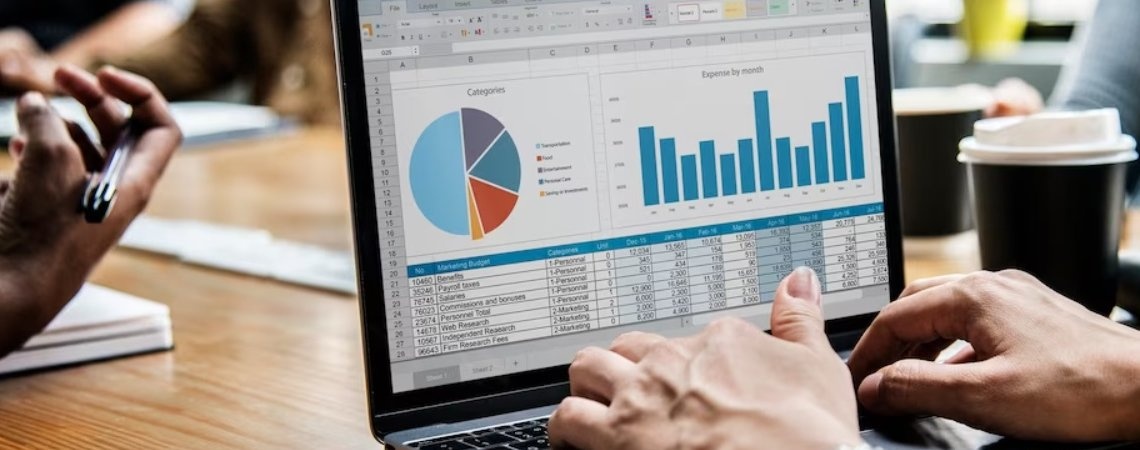
Each MRP report represents a focus on manufacturing performance. It details material availability, production timelines, and inventory movements. Decision making also revolves around shop floor efficiency, waste reduction, and synchronization of supply and demand. However, external dependencies arise when financial impacts, sales forecasts, or multi-department insights come into play.
ERP takes reporting information beyond manufacturing. It organizes information from every department into a unified reporting structure, from cost analysis and revenue tracking to customer purchasing patterns and demand. Decision making also occurs based on the integration of operational, financial, and strategic data into a single framework.
One refines shop floor execution. The other orchestrates enterprise-wide intelligence. The contrast lies in the scale of influence.
MRP vs ERP: How to Choose The Right One For Your Malaysia Business?
Choosing between MRP vs ERP will greatly affect your overall business operations. Understanding which system best suits your business situation and direction is the factor that makes you win first.
You should use MRP if…
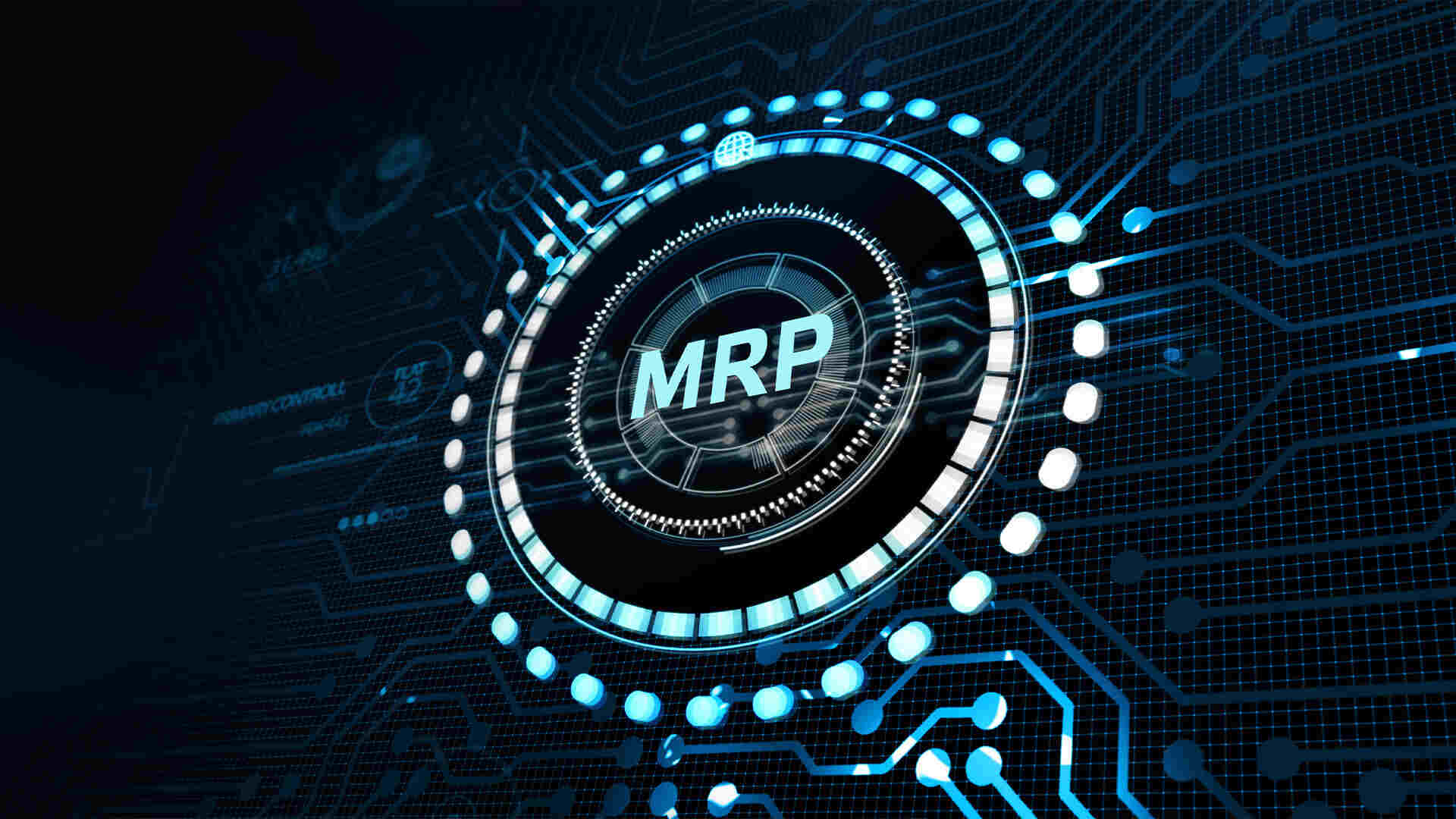
- Manufacturers need precise material planning: MRP calculates raw material requirements based on demand forecasts and production schedules.
- Inventory control is the main focus: It automates stock tracking, reducing excess and shortages.
- Production follows a structured workflow: This system sequences manufacturing steps, optimizes machine usage, and minimizes bottlenecks.
- Cost control depends on accurate material usage: It standardizes procurement, reducing waste and unnecessary expenses.
- Operations rely on batch production or made-to-stock models: MRP aligns procurement with expected demand, avoiding supply chain delays.
Some prominent names of MRP include: SAP Business One MRP, Microsoft Dynamics 365 Supply Chain Management, Fishbowl Manufacturing
You should use ERP if…
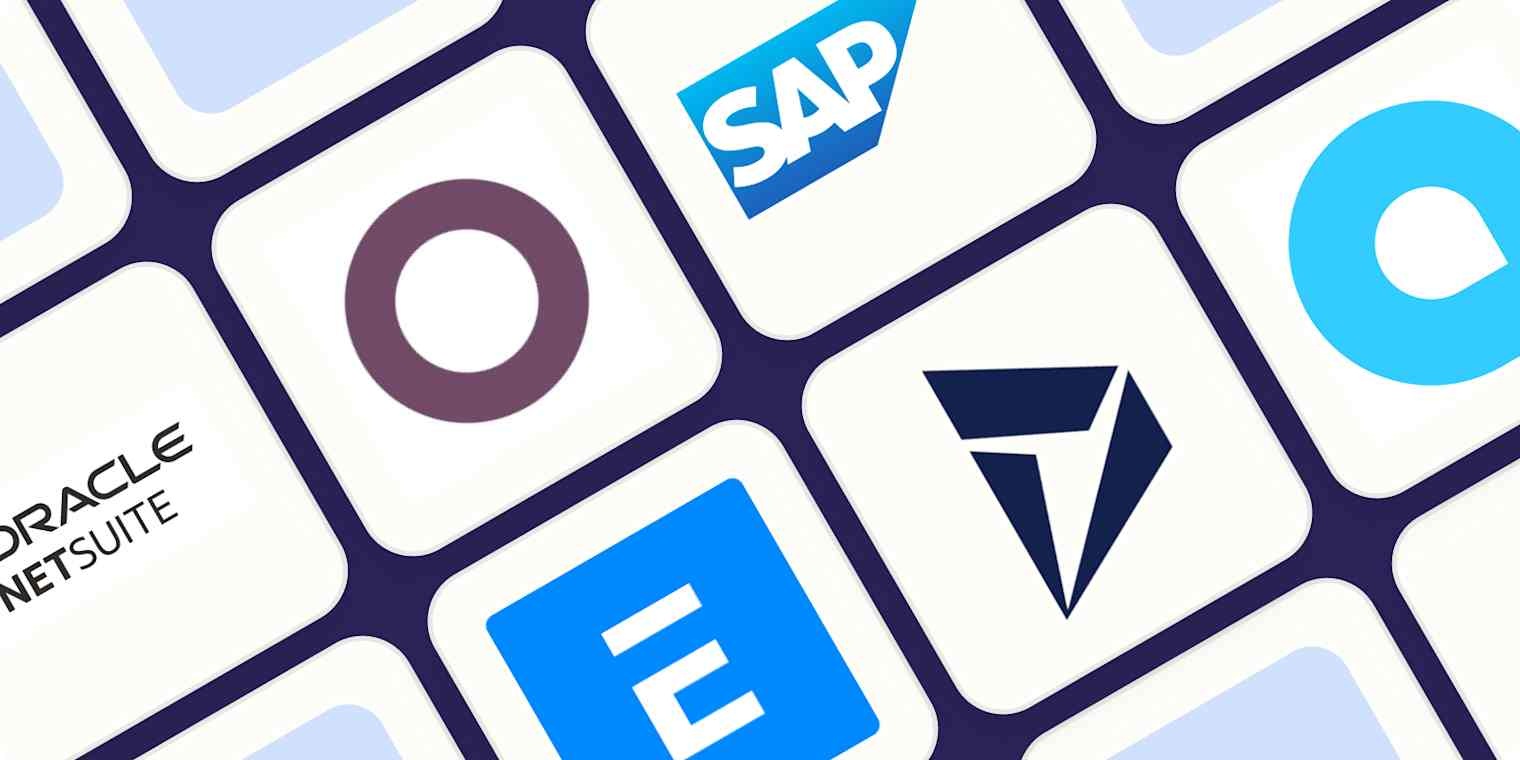
- Cross-department integration is essential: ERP unifies finance, HR, procurement, sales, and supply chain operations.
- Real-time analytics drive decision-making: It consolidates data, automates reporting, and enhances forecasting.
- Multi-location or multi-channel operations exist: ERP streamlines inventory, warehouse, and order management across various sites.
- Regulatory compliance and financial tracking are critical: It simplifies tax reporting, audits, and financial transparency.
- Scalability is a priority: This system supports automation, cloud integration, and AI-powered insights for future growth.
Some prominent names of ERP include: Odoo ERP, Acumatica, Oracle Netsuite
Final Thoughts
In conclusion, the choice between MRP vs ERP depends on your business structure, operational scope, and long-term goals. MRP focuses on production efficiency, material planning, and inventory control, while ERP integrates all departments, streamlines workflows, and supports business scalability. Understanding these differences helps Malaysian businesses invest in the right system for sustainable growth.
For more insights or custom consultation about how to choose the right ERP for your business, don’t hesitate to contact A1 Consulting!
